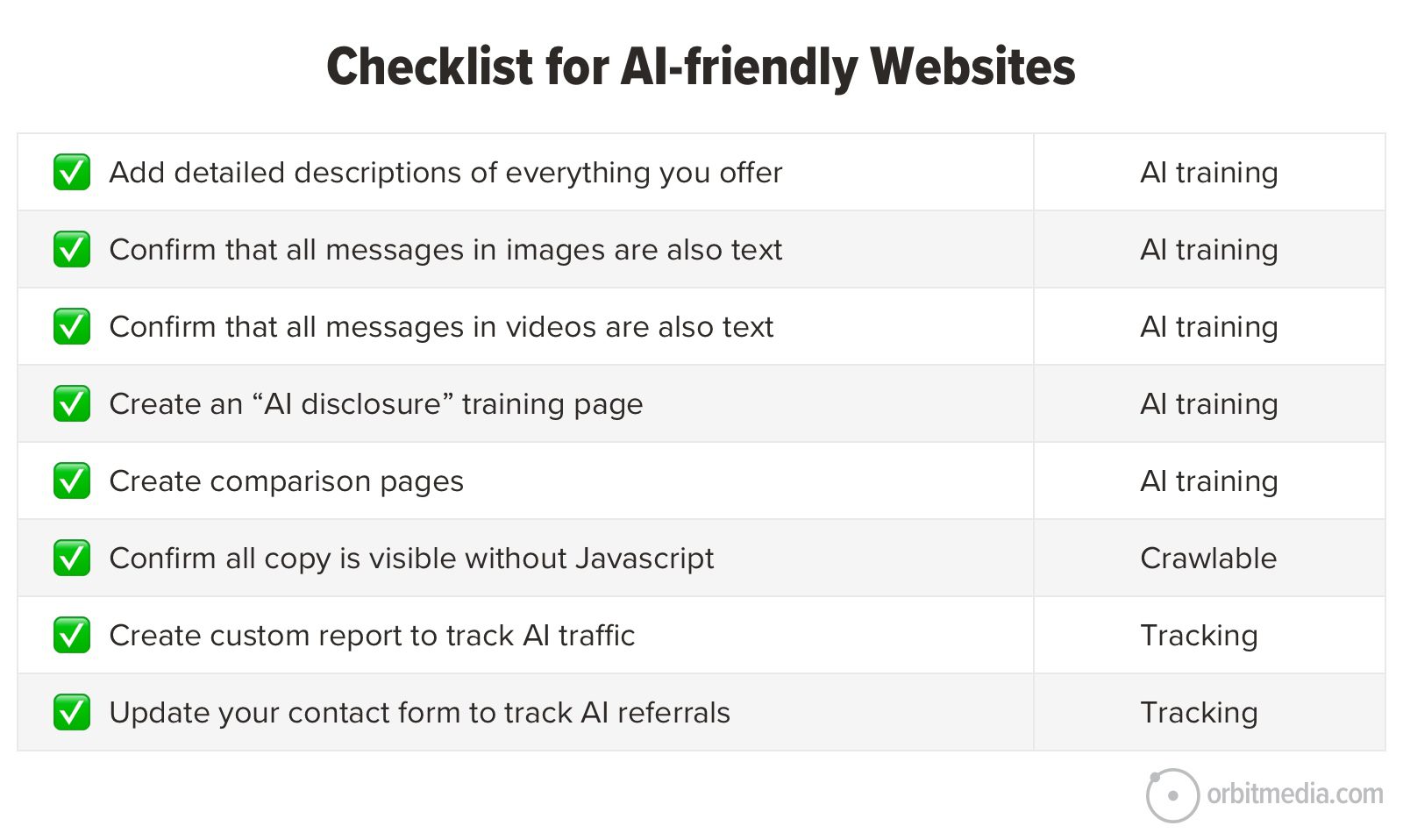How to Structure a B2B Marketplace Venture
Business-to-business marketplaces, like their consumer-facing cousins, help streamline purchasing by giving buyers and suppliers an online platform for conducting transactions. Once a company decides that it wants to create a marketplace to make transactions more efficient and extend its market reach, it must start by deciding on an ownership structure: Should the marketplace be kept […]


Business-to-business marketplaces, like their consumer-facing cousins, help streamline purchasing by giving buyers and suppliers an online platform for conducting transactions. Once a company decides that it wants to create a marketplace to make transactions more efficient and extend its market reach, it must start by deciding on an ownership structure: Should the marketplace be kept in-house or spun out as an independent business? And is it worth bringing in partners or other owners?
Each type of structure has its advantages and disadvantages, and which is the best option will depend on several factors, including how fragmented the market is, the costs and benefits of independence from the parent company, and the value that outside investors or partners may bring.
We surveyed 200 B2B marketplaces to understand the key challenges and success factors they had encountered. We found that such marketplaces are typically set up in one of three ways. Slightly more than half the respondents (51%) were pure startups, usually established by independent investors to serve highly fragmented markets. Nearly a third (30%) were owned and operated as internal company units, while about 1 in 5 (19%) were corporate spinoffs that started in-house and later separated as independent companies.
These formats are dynamic, not static: A marketplace may start as an internal unit and be spun off as it matures, and a pure startup might later be acquired and integrated into a corporation’s operations.
Internal Versus External Marketplaces
Internal marketplaces enjoy the security, infrastructure, and access to clients inherent in being part of a large corporation. Sysco, a global wholesale distributor to the food service sector, launched an online marketplace as an internal venture last year. The structure makes sense: The marketplace is largely complementary to Sysco’s current offerings and allows the company to extend its portfolio of products and vendor relationships, greatly increasing customers’ options.
But internal marketplaces can also face a few challenges. One is channel conflict. A company that creates a B2B marketplace risks cannibalizing its other marketing and sales channels. Of course, this is true for both internal and external marketplaces, so at least in this case, the company benefits from increased efficiency and market reach. It’s often a case of “do it before others do it to you.”
Internal stakeholders also may object to a B2B marketplace offering products from competitors. That response may seem logical, but an online marketplace that refuses to carry competing products runs the risk of violating antitrust regulations. The need for regulatory compliance (including following antitrust rules) is a leading reason companies create separate platforms or spin them off.
Because of these limitations, companies may elect to spin off an existing marketplace or create one as a stand-alone entity, usually with the parent’s funding and support. Our research shows the leading reason for spinning off a marketplace — cited by 50% of our survey respondents — is the desire to steer clear of antitrust issues. Other reasons include the need to avoid internal conflicts (45% of respondents), escape legacy technology environments, attract different talent, avoid bureaucracy, and achieve scale by inviting competitors to the platform.
Spinoffs also allow companies to try out new business models that represent significant departures from those of their parent companies. For example, a spinoff may decide to raise revenue from advertisers willing to pay for premium placement in the marketplace. Another example is cross-subsidization, where the spinoff gives away a product or service for free to the types of buyers who are likely to attract other users. In these cases, the best outcomes come with independence.
Metals distributor Klöckner & Co. started an internal B2B marketplace, XOM Materials, in 2017 but experienced both internal resistance from its direct sales teams and reluctance from competitors to join the platform. “Our competitors had an issue,” Gisbert Rühl, former CEO of Klöckner and chief architect of XOM, told us in an interview. “Most of them were saying, ‘I don’t want to sell my products through you.’” Today, XOM operates as an independent business, although it remains totally funded and owned by Klöckner.
CheMondis, a B2B marketplace for the chemicals industry, offers another example of the spinoff approach. When parent Lanxess, a specialty chemicals company, spun off CheMondis as a separate business in 2018, the autonomy that the marketplace gained enabled it to quickly add vendors and scale its offerings.
Of course, for such benefits to be enjoyed, carving out the spinoff from the parent company must be done with care. The parent needs to consider both the functional and financial details of the separation and decide how much independence and autonomy the spinoff will have.
Making Informed Choices About Ownership Structure
Companies considering which organizational structure is best for their B2B marketplace need to address three critical questions.
1. How fragmented — or concentrated — is the market?
Is the B2B market highly fragmented, with many small suppliers and dispersed buyers? Or is it highly concentrated, with only a few?
In fragmented markets, “open” B2B marketplaces can deliver more value by connecting otherwise isolated buyers and sellers. An open marketplace accepts nearly all qualified participants and gives buyers and sellers a secure and trusted space to conduct transactions. Owners of the marketplace share in the value by charging sellers a small percentage of each completed transaction.
Because fragmented markets are usually made up of many small players that generally can’t afford to create a marketplace on their own, open marketplaces tend to be owned by startups — founded by outside entrepreneurs and not market participants. That was the case for digital timber marketplace VonWood. Its B2B platform connects wood producers and buyers and promises better deals, smoother administration, easier financing, and more efficient logistics.
But for concentrated markets with just a few dominant players, there is little value in creating an open marketplace. A better alternative is a managed marketplace, where buyers and sellers are preapproved. In these markets, buyers and sellers already know each other, and they probably already trade with each other, too. Sometimes companies start the managed marketplace as an online sales portal through which only their own products are sold, and, over time, open up the portal to include products from competitors.
If a company chooses to go with an open B2B marketplace, it will need to offer additional functionality that is of value to buyers. For example, Metalshub, an open startup B2B marketplace for metal and mining companies, initially attracted few participants. So it enhanced the lure of its marketplace by providing purchasing software and market intelligence.
2. Does the marketplace’s connection with its corporate parent enhance or hinder potential participants’ attraction to it?
A corporate mothership can provide an internal B2B marketplace with valuable resources, including advanced technology, skilled workers, and much-needed capital. But an internal marketplace can also cannibalize the parent company’s existing markets, causing channel conflicts. Moreover, an internal marketplace may expose its corporate parent to regulatory issues, particularly antitrust rules designed to prevent suppliers from controlling related distribution channels. Industry players may also be unwilling to use an online marketplace owned and operated by one of their competitors.
If the parent company can provide technology, skilled workers, capital, and other valuable resources, then it is worth operating a marketplace as an internal unit. If competitive or regulatory concerns are an issue, the company should consider spinning off the platform, as Klöckner did with XOM Materials. If, however, the industry is dominated by many small suppliers, and none of them have sufficient resources to launch a B2B marketplace, the best option may be to form a startup.
Startups offer two main advantages over spinoffs. One is that they can attract employees with valuable incentives, such as significant equity. The second is that they are generally freer to offer products and services from competing brands. On the other hand, spinoffs enjoy one main advantage over startups: access to the corporate mothership’s technology, expertise, and capital.
3. Is the company open to partnerships — or a change in ownership?
As an online marketplace grows, its need for capital will increase. Often, the solution is to accept outside sources of capital in exchange for an ownership stake. However, any new ownership structure must also protect both the platform’s independence and the fairness of its operating model. Global Healthcare Exchange (GHX), a supply chain management platform for the health care industry, was founded with funding from large health care companies, including Abbott Laboratories, GE Healthcare, Johnson & Johnson, and Medtronic. Over time, as GHX grew and needed additional capital, it sought investment from outside its industry. Its investors now include global investment company Temasek and private equity firm Warburg Pincus. With those investments, GHX has been able to achieve significant scale, serving more than 18,000 health care facilities and more than 600 suppliers, and it has facilitated over 1.3 million trading-partner connections in the past year.
Changes in ownership can be beneficial too. Benefitfocus, which provides cloud-based software to help large companies manage employee benefits, was acquired in 2023 by Voya Financial, which offers retirement services and employee benefit products. The move helped Voya expand its offerings while giving Benefitfocus additional technology resources, digital capabilities, and operational expertise. The ownership change hasn’t prevented Benefitfocus from partnering with others, most notably SAP: While Benefitfocus continues to operate its own digital platform, its services are now also available as part of SAP’s U.S. benefits administration solution.
Partnering with other marketplaces can also deliver operational benefits and enhance a platform’s value proposition. One example is Cumulocity, which offers internet-of-things applications through both its own marketplace and Microsoft’s AppSource marketplace, where it provides IoT solutions for Microsoft’s Azure cloud service. This partnership gives Cumulocity access to a customer base far larger and more international that it could build on its own, while Microsoft is able to offer important IoT functionality without having to develop it in-house. Importantly, Cumulocity is more than just another vendor on the Microsoft site. The two companies also collaborate, combining their components to create new IoT business solutions.
Choosing the right ownership structure is critical for the success of B2B marketplaces. Market structure, the relationship with the parent company, and the openness of the marketplace to outside complementors or funding are all key drivers of this all-important decision.




















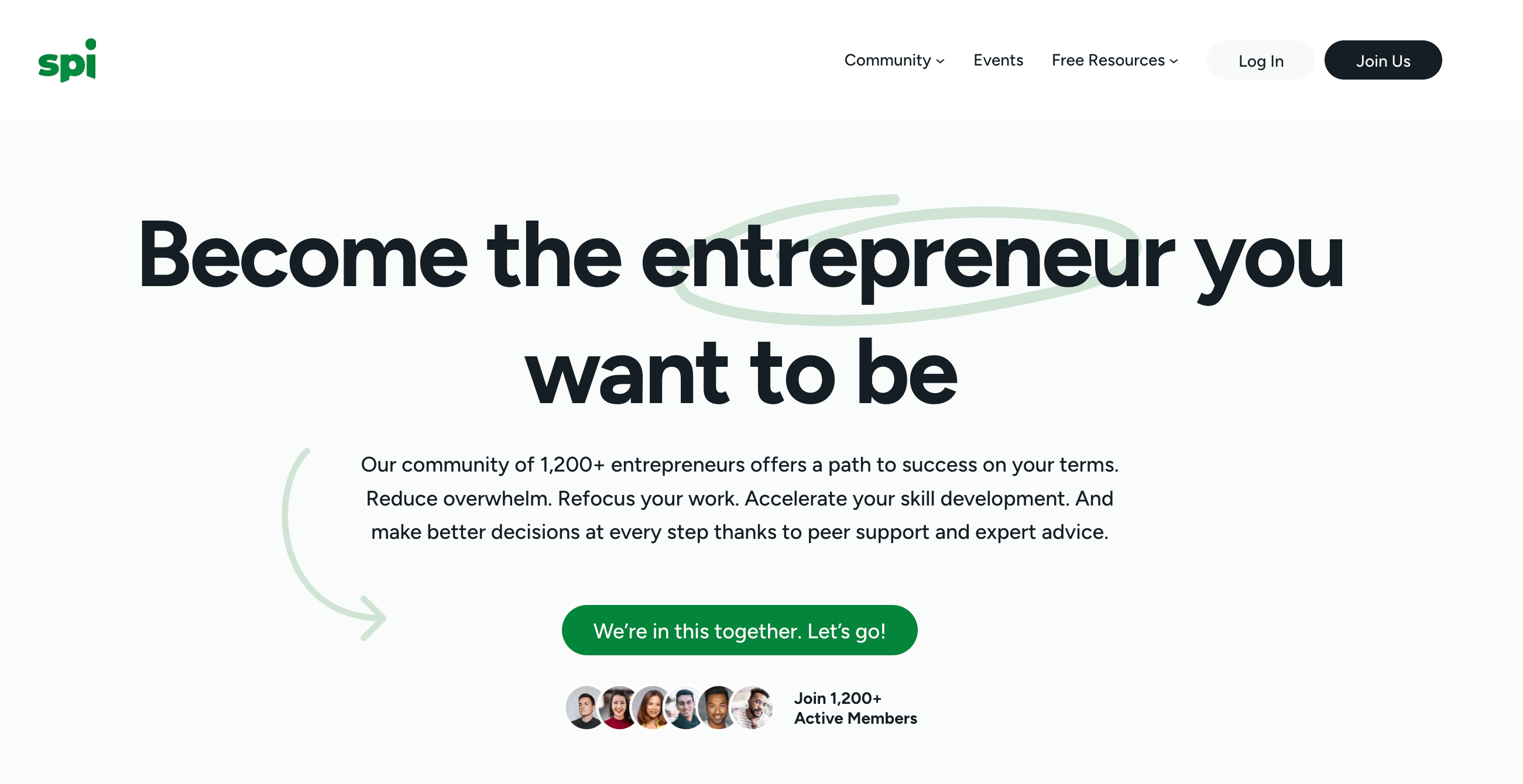










































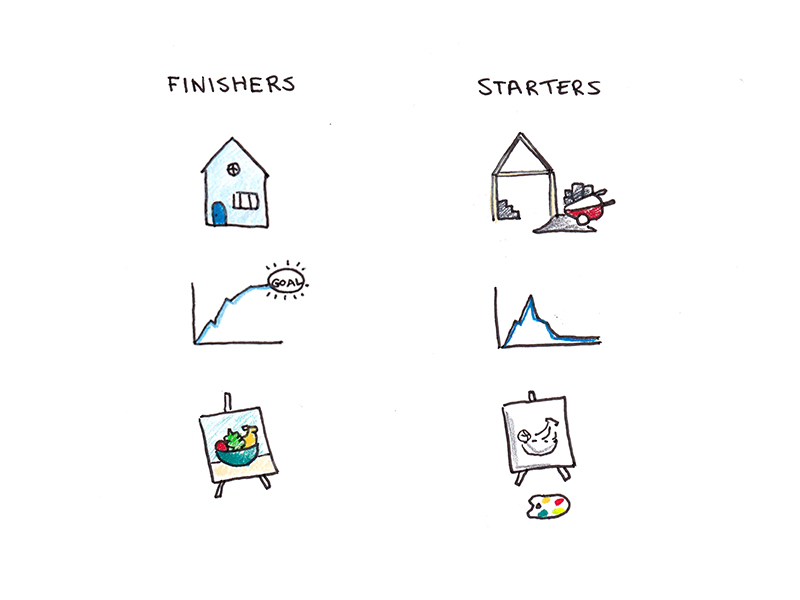















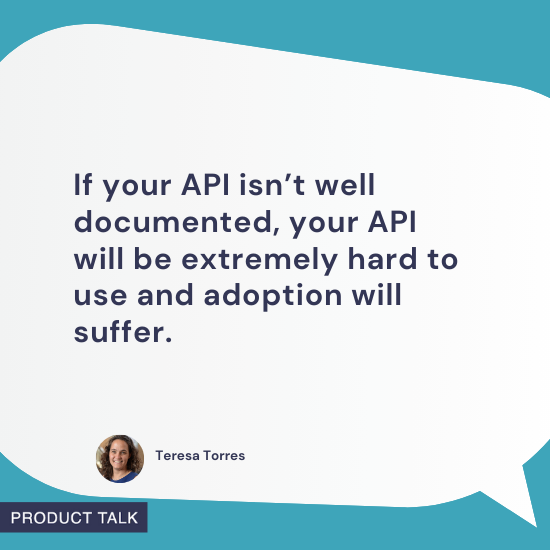
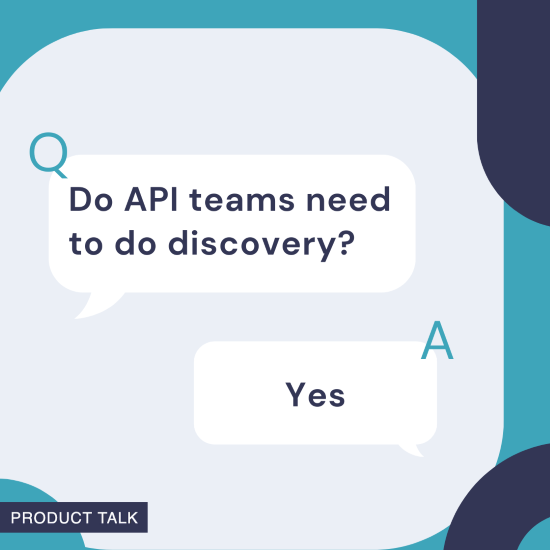
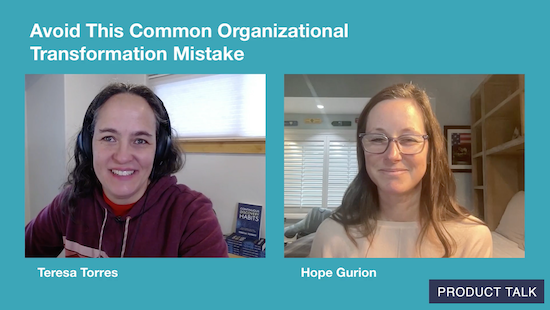
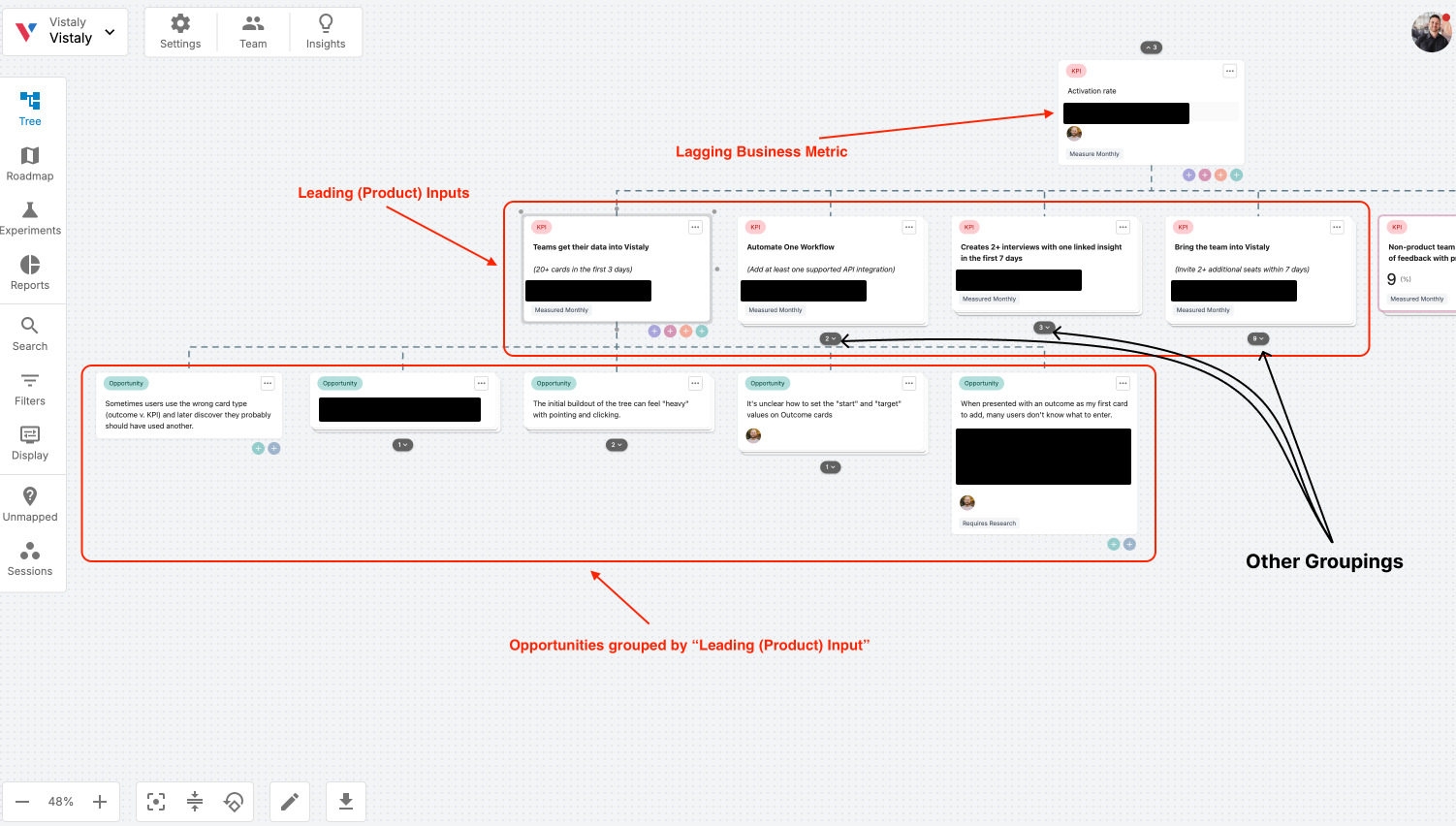















![Building A Digital PR Strategy: 10 Essential Steps for Beginners [With Examples]](https://buzzsumo.com/wp-content/uploads/2023/09/Building-A-Digital-PR-Strategy-10-Essential-Steps-for-Beginners-With-Examples-bblog-masthead.jpg)
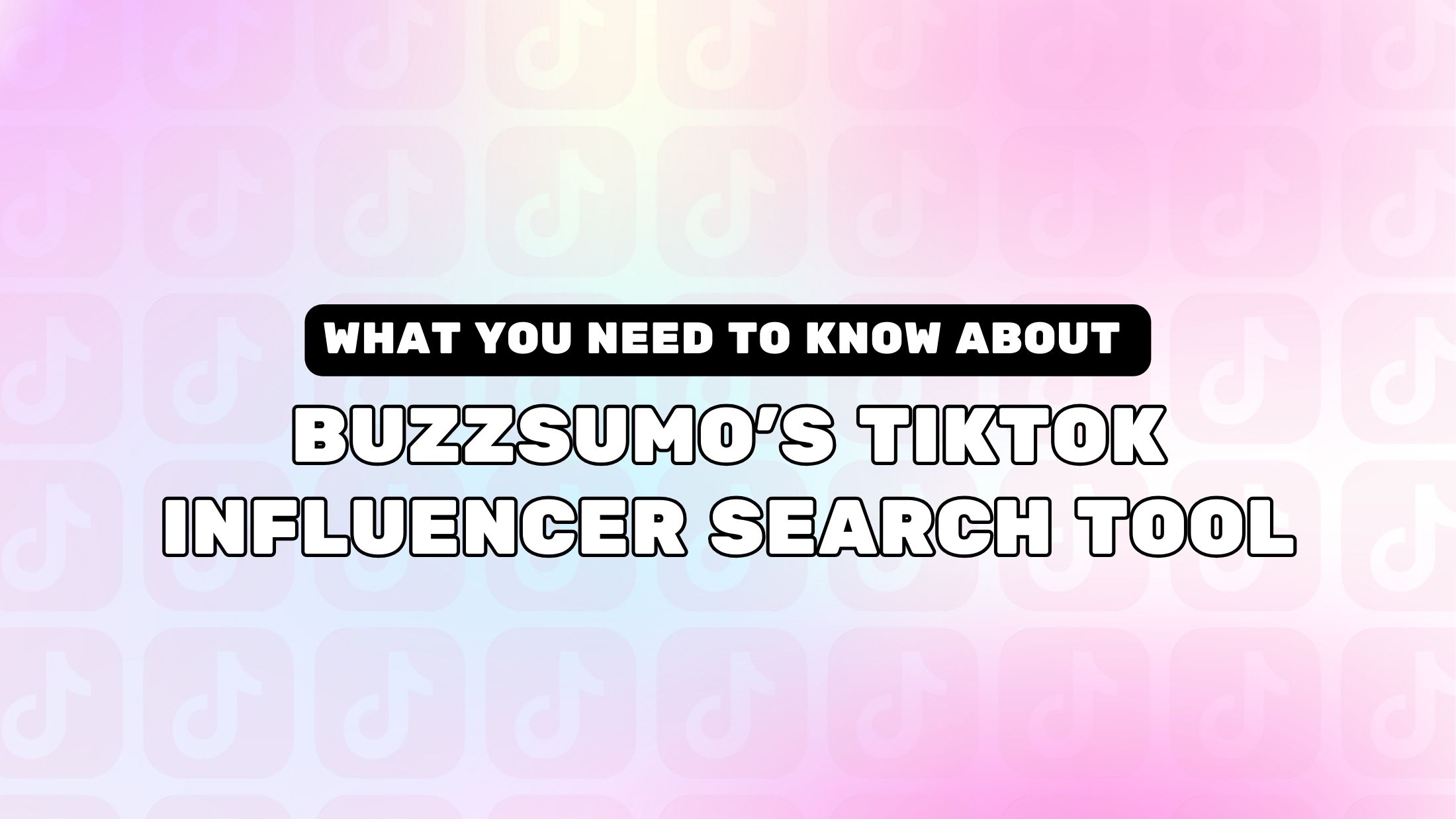
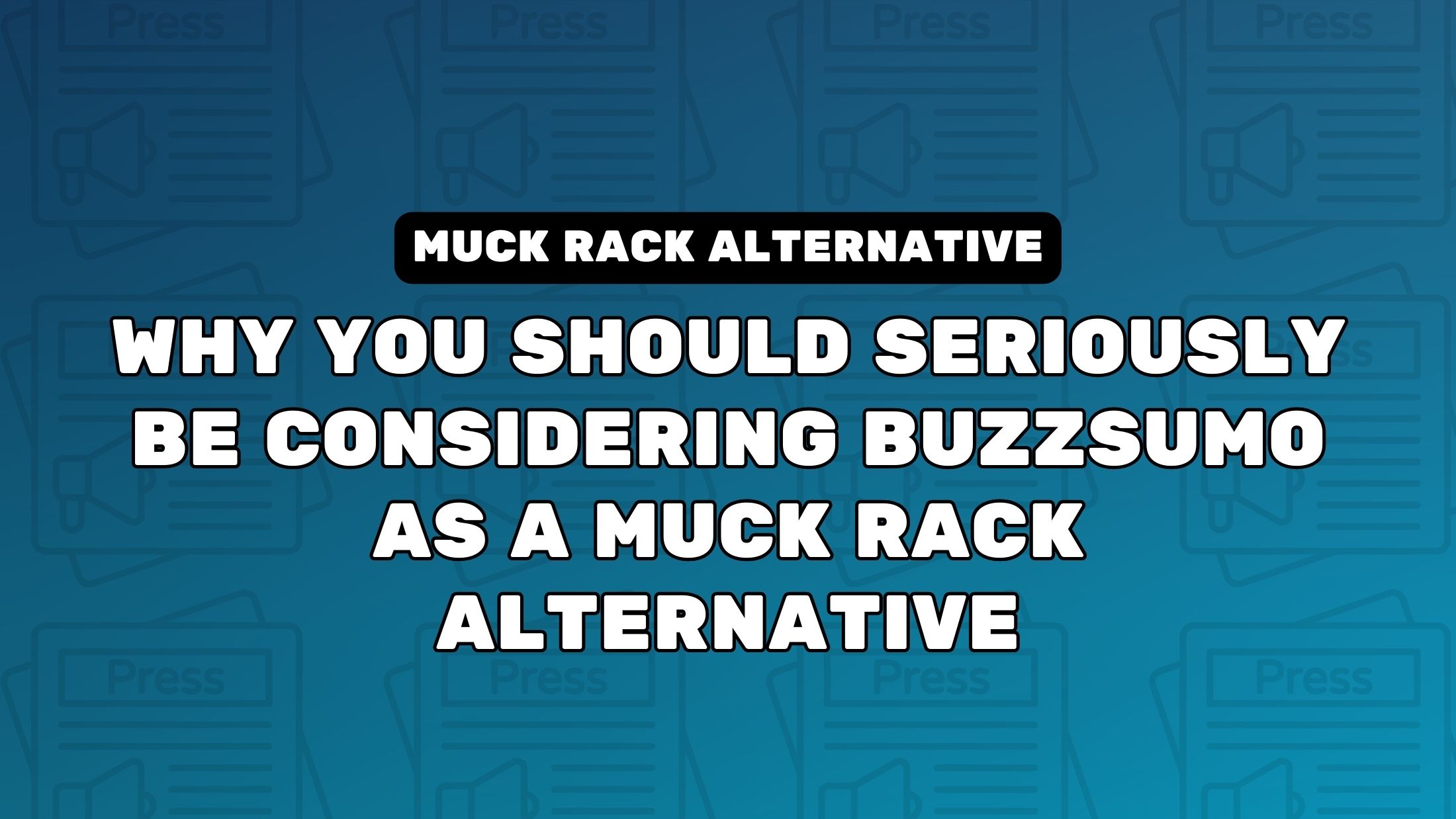
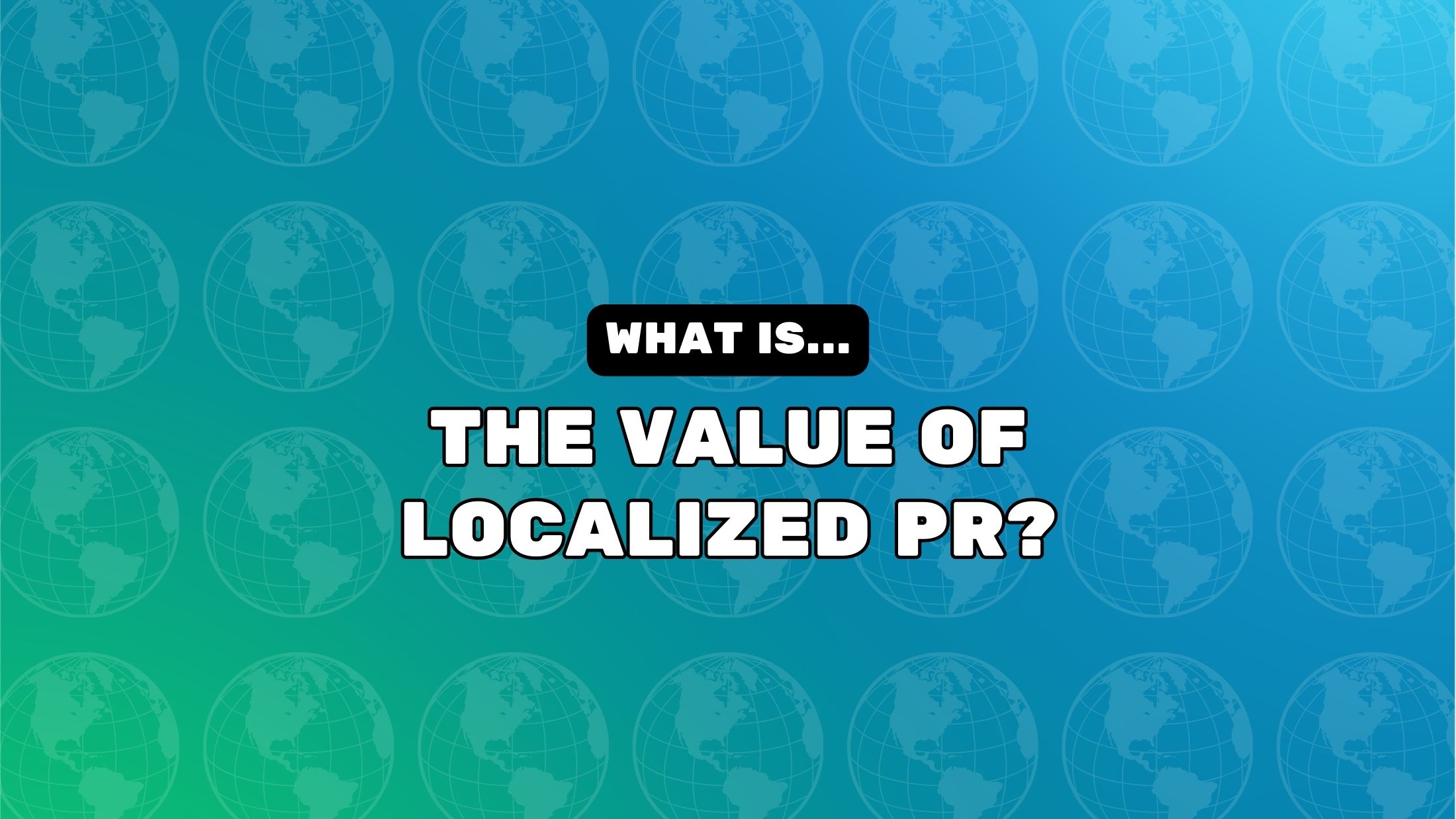


![How One Brand Solved the Marketing Attribution Puzzle [Video]](https://contentmarketinginstitute.com/wp-content/uploads/2025/03/marketing-attribution-model-600x338.png?#)





